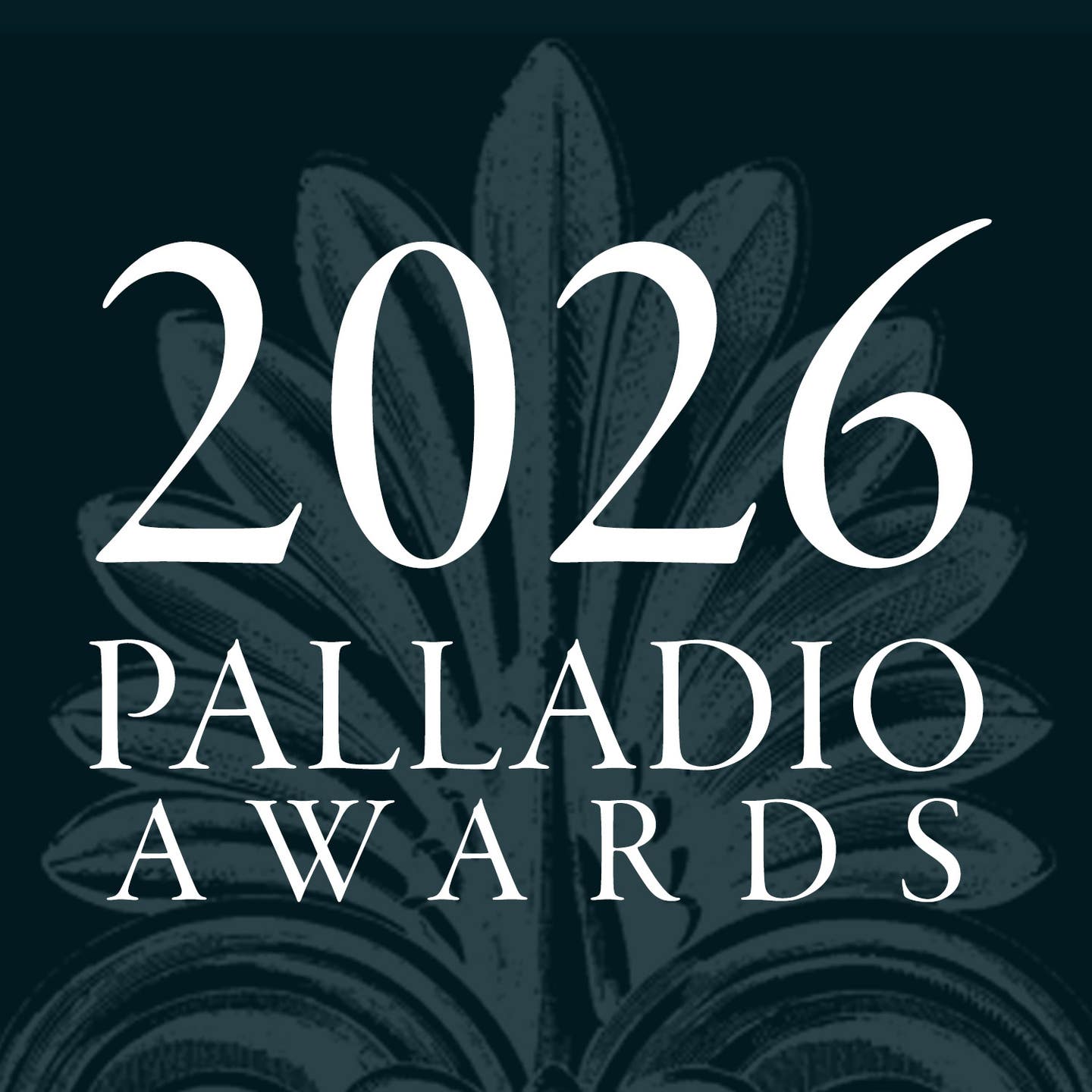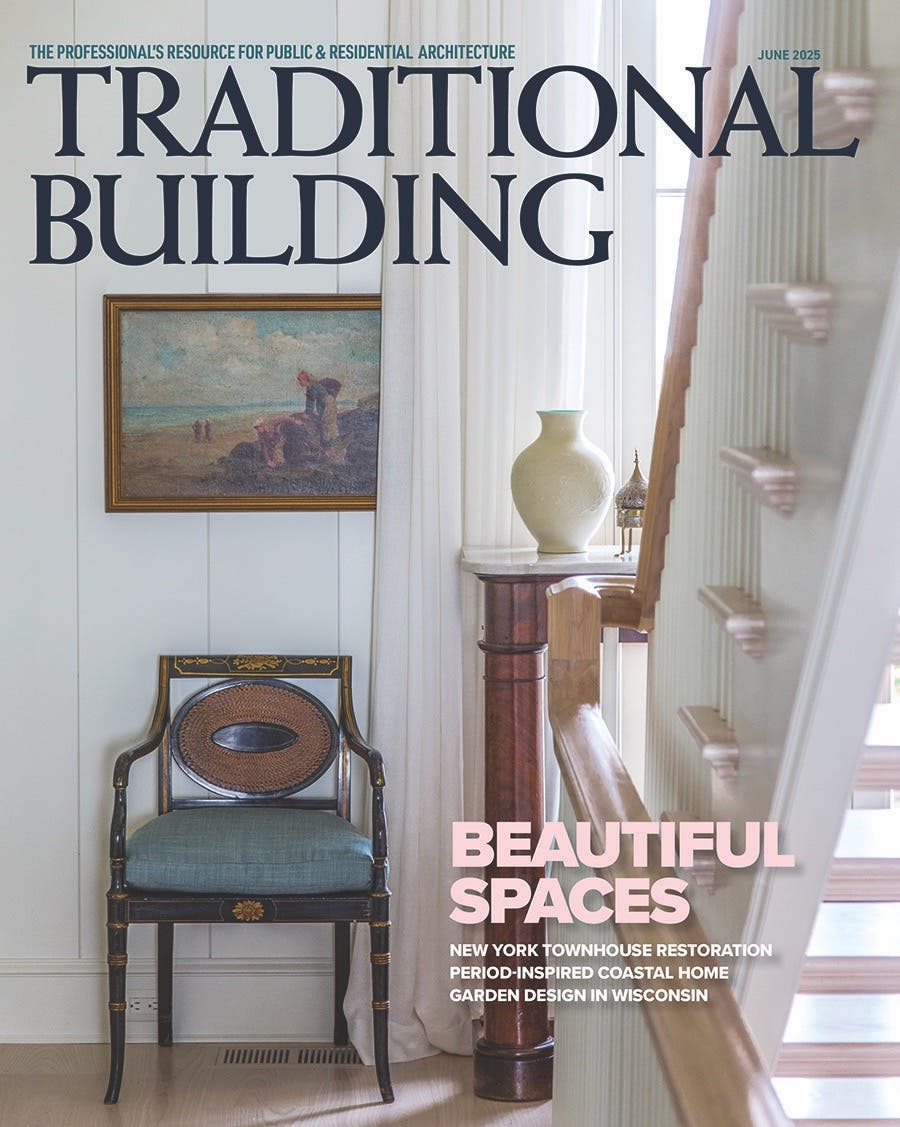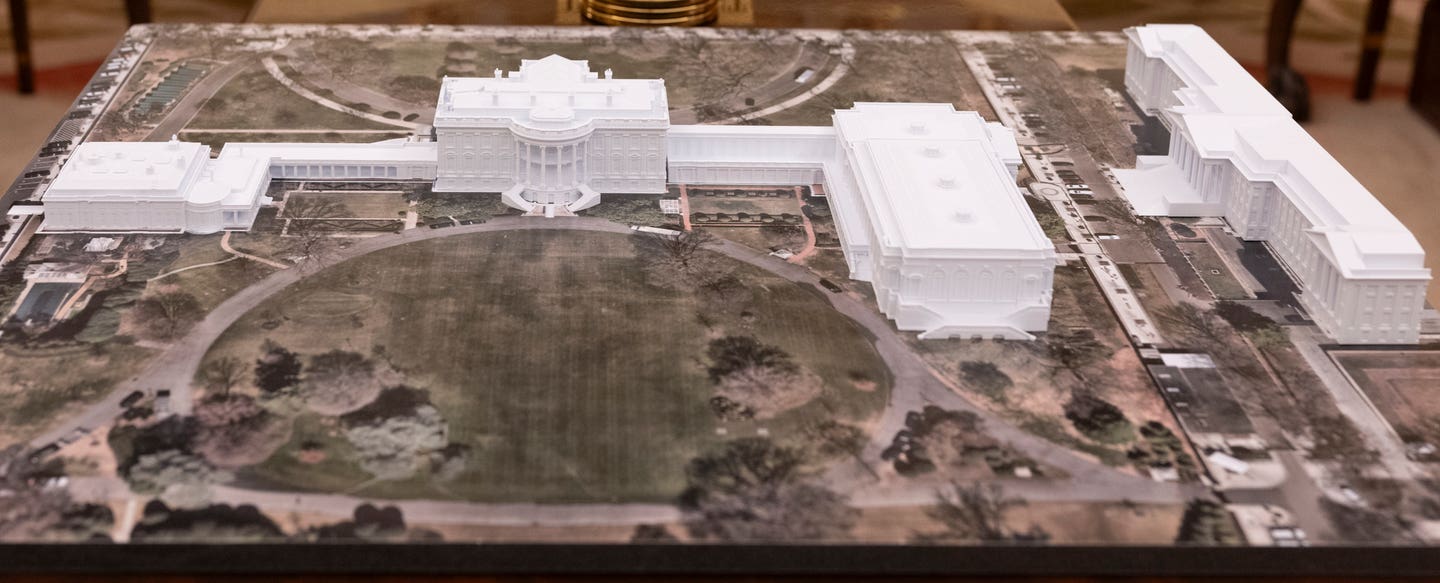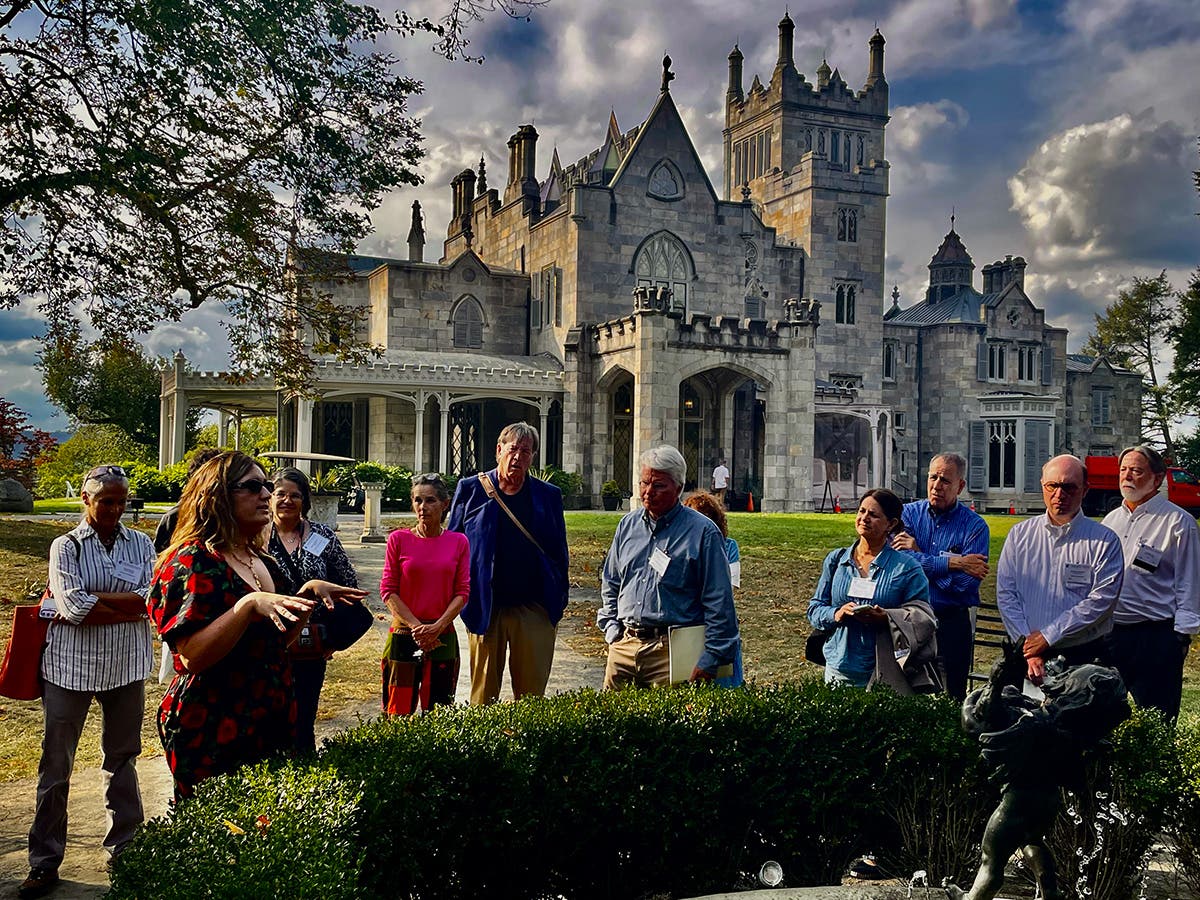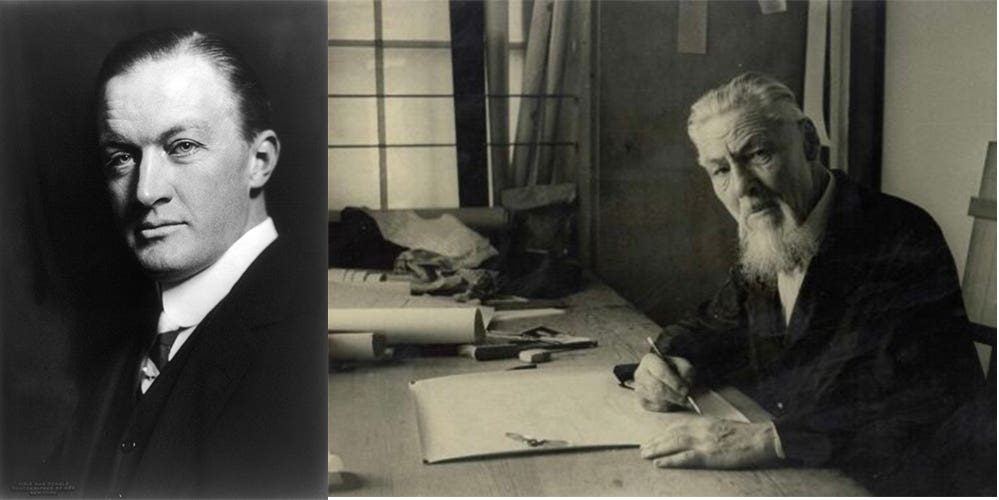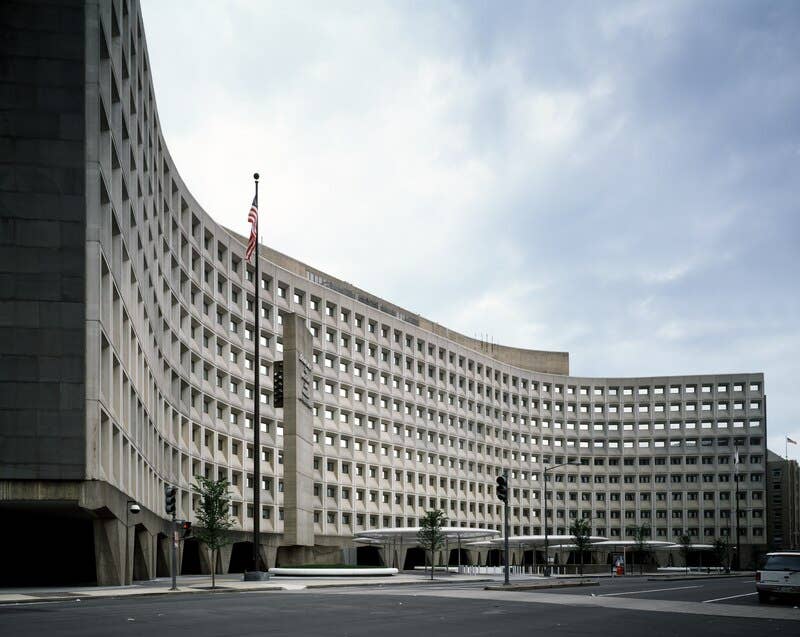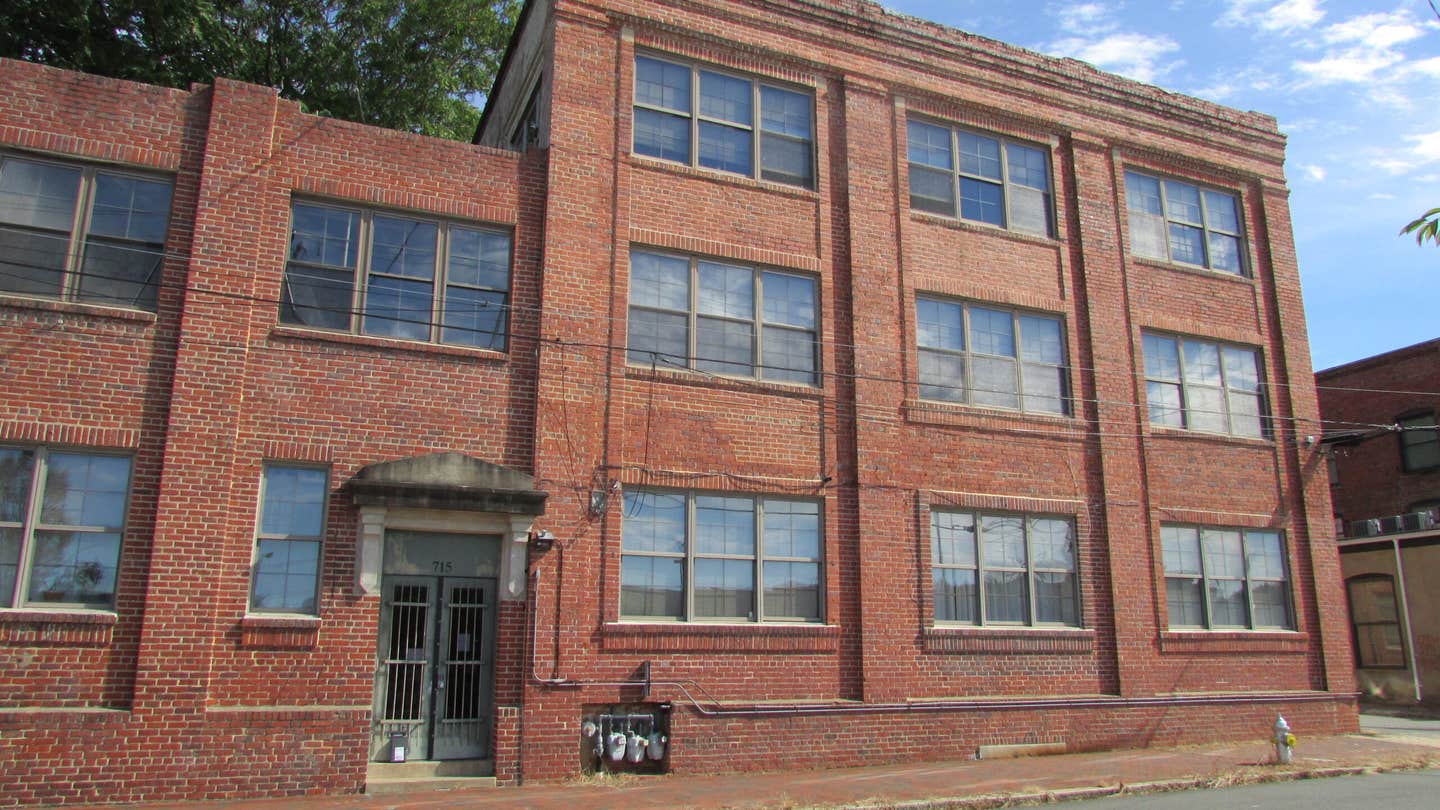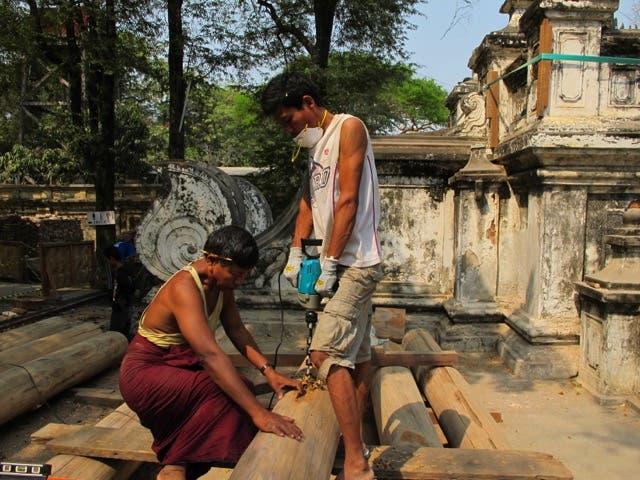
Rudy Christian
Here We Are Again…..Again
As usual, I really enjoyed Ken Follett’s last blog, although I’m intrigued by just how lightly he scratched the surface of how expectations play into our work. Having just returned again from the World Monuments Fund project we are involved in in Mandalay, I find that one of the first things we get asked by friends and acquaintances is “How’s the project coming?” At first blush, that seems like an easy enough question to answer, but the reality is the answer has to be based on expectations from numerous people with numerous perspectives, making it a moving target at best.
When we are asked by friends and family there is a distinct background question:”How are you guys holding up?” This, of course, is what friends and family are for, but the background question reveals the reality that few of them really have a clue what we are doing over there, and the curious thing is, that puts them in pretty much the same place as the people we meet and work with over there every day. When you are asked to become part of a project conserving a teak monastery in a Far East land, where conservation work itself is nearly nonexistent, expectations are a difficult commodity to define for most everybody you know or meet.
Another problem with perspectives is how often the institutional relationships of the individuals asking the question causes them to tweak the question in order to get the answer their affiliate or employer wants. You know the kinds of tweaks I’m talking about. First the question and then, just when you begin to answer, the tag: “Does it look like we are on target for our budget?” or “Does it look like we are staying on schedule?”
I’m not inferring these aren’t important questions, but when asked in the context of the beginning of a very complicated project in which just learning how to talk to a crew you have been tasked to work with and teach conservation trades, who speak a foreign language, through an interpreter who speaks “conversational” English, can seem superfluous. Who would have expected that hand sketching and hand gestures with hand tools would be so important?
I discussed another factor in a previous blog that can and does have a tremendous influence on how we actually feel the project is coming and that’s the reality that almost nothing works the same way on the other side of the world. Let me give a single example which, as many things have, that took me completely off guard.
During the last weeks of our this last mission, we were finally able to overcome one of the major hurdles we faced, which is just getting the logs and lumber we need. For many unfortunate reasons, teak is not an easily accessible commodity within the country where we are working, so sourcing it has been fraught with delays. The arrival of the logs meant now we can actually start cutting joinery…sort of.
The work of building teak monasteries in Mandalay has not been done for a very long time. The tools our carpenters work with are well suited to the work they do every day, but not for the work we are doing. Cutting a 2-in. wide by 13-in. tall mortice all the way through a 14-in. diameter teak log, meant we had to put the chisels we had our blacksmith made last fall to work; but before you chop the mortice you have to drill out the waste…with a large screw tip auger bit….which you need a big drill motor to turn.
Rethinking our expectations
We went to the hardware store we have been frequenting and told the owner we would like a large “D handle” drill motor that was not made in China. He offered to donate the best drill motor he sold to our project because he felt our expectations of the quality were too low. Of course we accepted the donated Chinese drill motor.
We got our carpenters set up with the 30mm screw tip auger bit and brand new drill motor and as we had instructed them, they drilled half way through the log, at which point you reverse the drill, pull the bit back out and clear the chips for drilling the next hole. That’s if the drill had the ability to be reversed, which it did not, even though that’s what our expectations were. Having never heard of this before, and after the side handle on the drill motor broke off from pulling the bit out while it was still moving downward…the only direction it goes, we headed back to the hardware store only to be informed: “You can’t buy a large reversing drill motor in Mandalay.” So much for our expectations.
So we come back to the question of just how is the project going, and realize we really have no way of gauging that compared to our own expectations. We had expected after decades of doing historic conservation work, specializing in heavy timber buildings, that we would have much to learn, but as with any project, that would be much of the joy of doing it.
The reality is that learning works quite differently when your decades of experience were in a country on the other side of the world where everything is different from the place you are now. Where people are really glad you are there to help save their treasured monastery, but don’t really understand anything you are doing or what you are saying. So one of the first lessons becomes: “It’s time to rethink our expectations.”
The work we have accomplished just before returning to the States has been very rewarding. Most of you know the joy that comes from putting things back together again. Dealing with the challenges of trying to do it in a way that is both authentic and logical, and from a perspective that existed a century or two in the past always teaches you something unexpected.
In this case, one of the most unexpected lessons was just how creative people can be in a world where so much of what we consider to be the tools of our trade, does not and never has existed. The same world that existed a century and a half ago when Shwe-nandaw Kyaung was moved out of the palace where King Mindon Min had lived and died and became a monastery reconstructed by people with little more than a work ethic and creativity beyond anyone’s expectations.
Rudy R. Christian is a founding member and past president of the Timber Framers Guild and of Friends of Ohio Barns and a founding member and executive director of the Preservation Trades Network. He is also a founding member of the Traditional Timberframe Research and Advisory Group and the International Trades Education Initiative. He speaks frequently about historic conservation and also conducts educational workshops. Rudy has also published various articles, including “Conservation of Historic Building Trades: A Timber Framer’s View” in the “APT Bulletin,” Vol. XXXIII, No. 1, and his recent collaborative work with author Allen Noble, entitled “The Barn: A Symbol of Ohio,” has been published on the Internet. In November 2000, the Preservation Trades Network awarded Rudy the Askins Achievement Award for excellence in the field of historic preservation.
As president of Christian & Son, his professional work has included numerous reconstruction projects, such as the historic “Big Barn” at Malabar Farm State Park near Mansfield, OH, and relocation of the 19th-century Crawford Horse Barn in Newark, OH. These projects featured “hand raisings,” which were open to the public and attracted a total of 130,000 interested spectators. He also led a crew of timber framers at the Smithsonian Folk Life Festival, Masters of the Building Arts program, in the re-creation and raising of an 18th-century carriage house frame on the Mall in Washington, DC. Roy Underhill’s “Woodright’s Shop” filmed the event for PBS, and Roy participated in the raising.
Christian & Son’s recent work includes working with a team of specialists to relocate Thomas Edison’s #11 laboratory building from the Henry Ford Museum to West Orange, NJ, where it originally was built. During the summer of 2006, Rudy; his son, Carson; and his wife, Laura, were the lead instructors and conservation specialists for the Field School at Mt. Lebanon Shaker Village, where the 1838 timber frame grainery was restored. In July and August 2008, Rudy and Laura directed and instructed a field school in the Holy Cross historic district in New Orleans in collaboration with the University of Florida and the World Monuments Fund.
Rudy studied structural engineering at both the General Motors Institute in Flint, MI, and Akron University in Ohio. He has also studied historic compound roof layout and computer modeling at the Gewerbe Akademie in Rotweil, Germany. He is an adjunct professor at Palomar College in San Marcos, CA, and an approved workshop instructor for the Timber Framers Guild.

